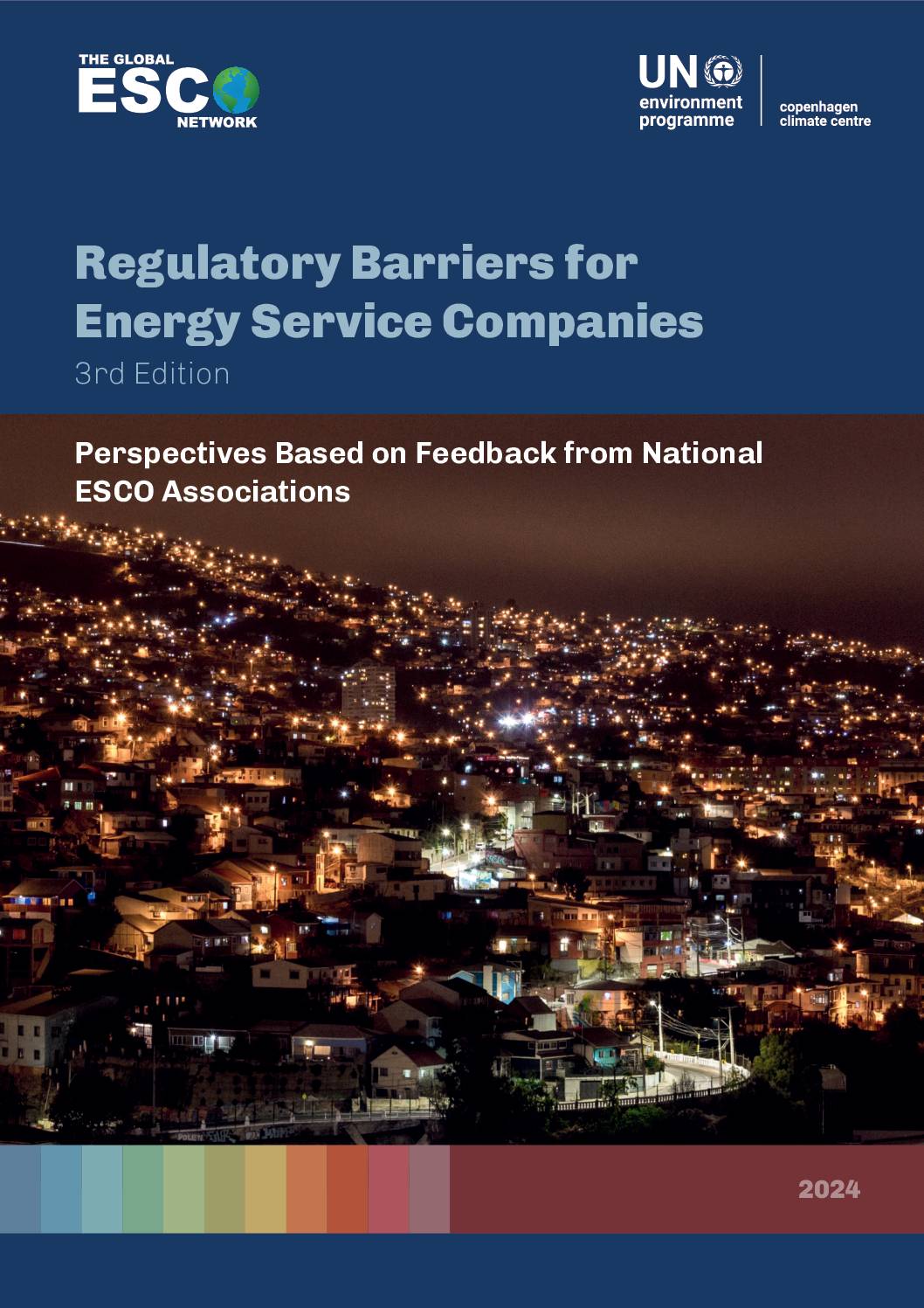In this third edition of “Regulatory Barriers for ESCOs”, 25 ESCO associations have provided comprehensive answers to 15 questions that illuminate different aspects of regulatory barriers for ESCOs. The formulation of the questions was informed and inspired by interviews that were conducted in
2021 for the first edition of this publication, where focused interviews with 10 ESCO associations served as the basis for the analysis. The renewed analysis has been performed from March to May 2023 and again in March-April 2024, following through on the ambition to expand the analysis to
other countries based on the typology that was established in the first edition.
The focus here is on regulatory barriers because these are what policymakers can help address and alleviate. Regulation can obviously also be used actively as an instrument in pursuit of emissions reduction objectives through the reduced use of energy. As such, this publication similarly presents itself as a simple guidebook for policymakers to identify which interventions they could easily turn to in order to activate the ESCOs in support of energy efficiency strategies and policies.
The growing urgency of decisive responses to a rapidly changing climate, and the inherent ESCO promise of delivering profitable investments to the same effect, mandate a prominent role for the ESCO community in the global climate-change agenda.
Download sourceShare this

Sector: ESCO
Country / Region: Global
Tags: climate change, ecosystems, emissions, energy, ESCO, funds, private sector, regulatory barriers to increased share of renewable energy, regulatory instruments, stakeholders, standardized contractsKnowledge Object: Publication / Report
Published by: UNEP Copenhagen Climate Centre
Publishing year: 2024
Author: Søren E. Lütken, Federico. A. Canu, Thibaut Pasquet
